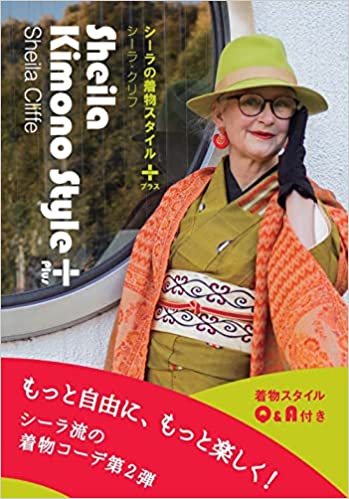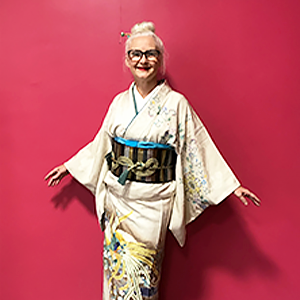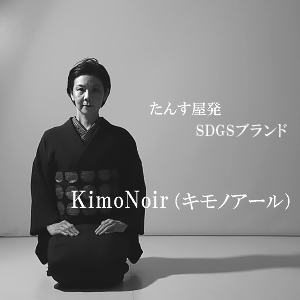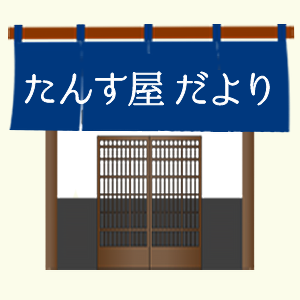2022年03月16日
シーラ・クリフの -元気・笑顔・着物-(第9回 大正ロマン)
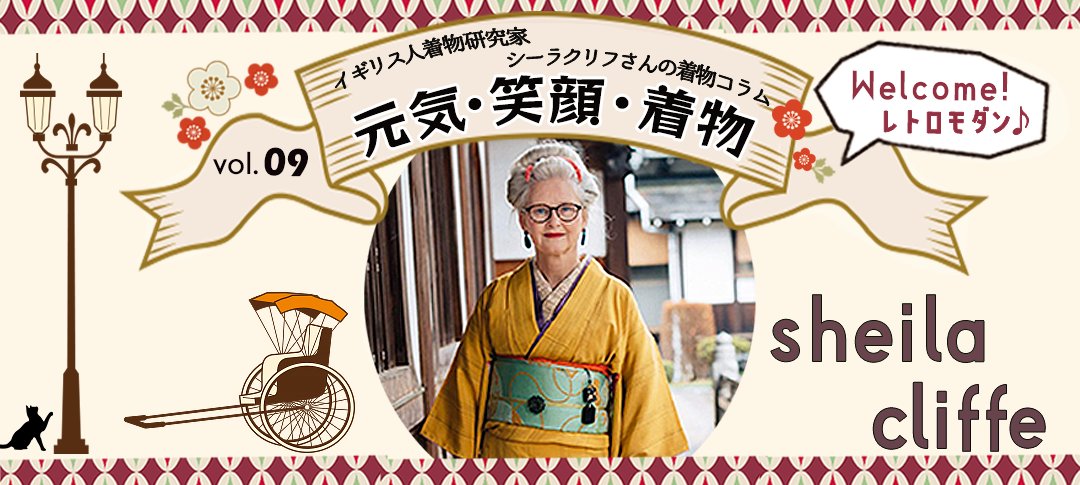
産業革命から大正ロマンへ
着物研究家のシーラ・クリフです。
私は大正時代の着物がすごく好きです。他の時代の着物にはないロマンを感じるからです。
明治時代においても、ヨーロッパから新しい化学染料が輸入されたことから、着物の見え方は変わり始めました。しかし、産業革命による影響は、大正時代の方がより顕著に現れています。電気やラジオ、雑誌、家電製品などが普及したのです。車、電車、飛行機、そしてミュージカルや映画などの娯楽も盛んになりました。女性は社会進出し、街のカフェやデパートに行くのが楽しくなっていました。
着物のデザインにもアールヌーボーやアールデコの影響が見られるようになりました。

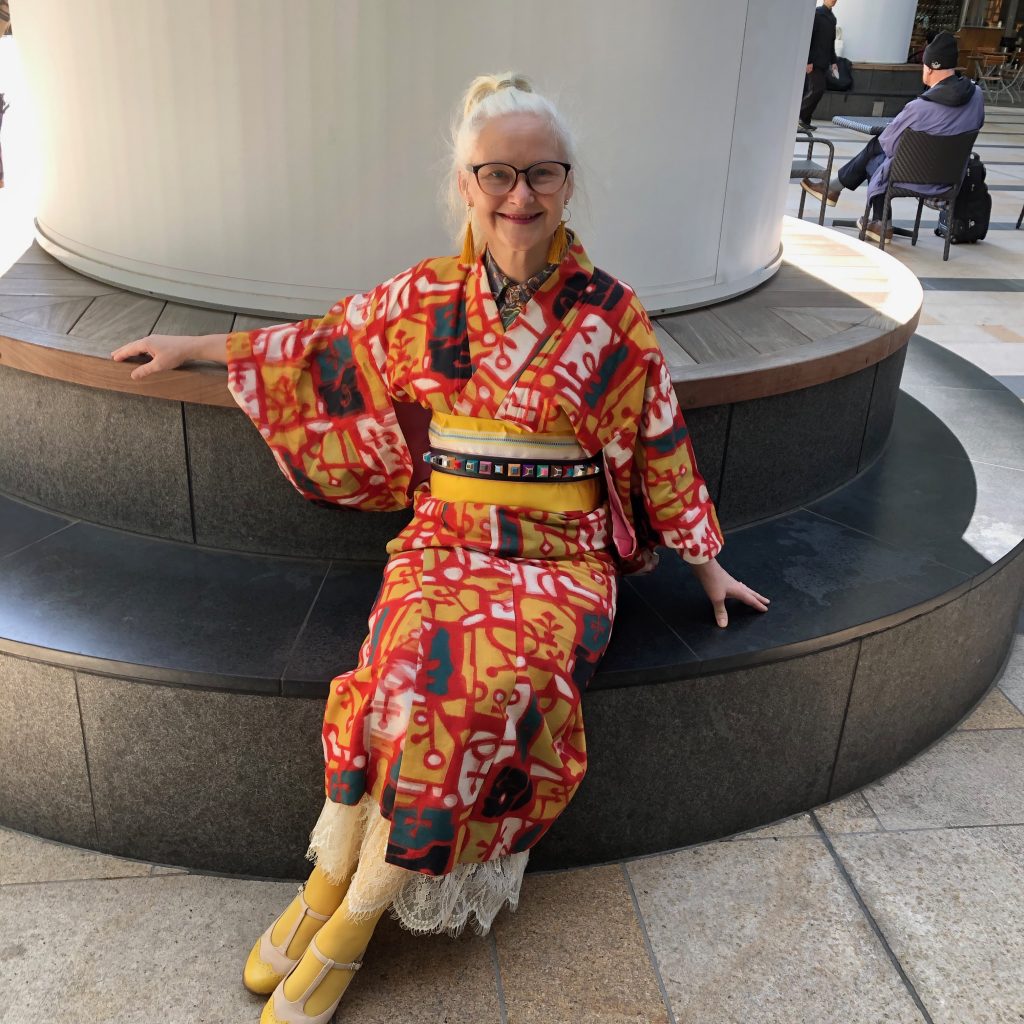
西洋モダニズムの浸潤
大正の着物の典型は、美しい色合いの友禅の着物に、繊細な花が描かれたものです。花は、バラやチューリップなど、海外から日本に伝わった花が多く使われています。このような着物のデザイン、配色、陰影は素晴らしいものです。また、ビルや人工物など、モダニズムのデザインが施された着物も多くあります。大正の人たちがどんなものに興味を持っていたのかがわかる珍しいものばかりで、とても興味深いです。
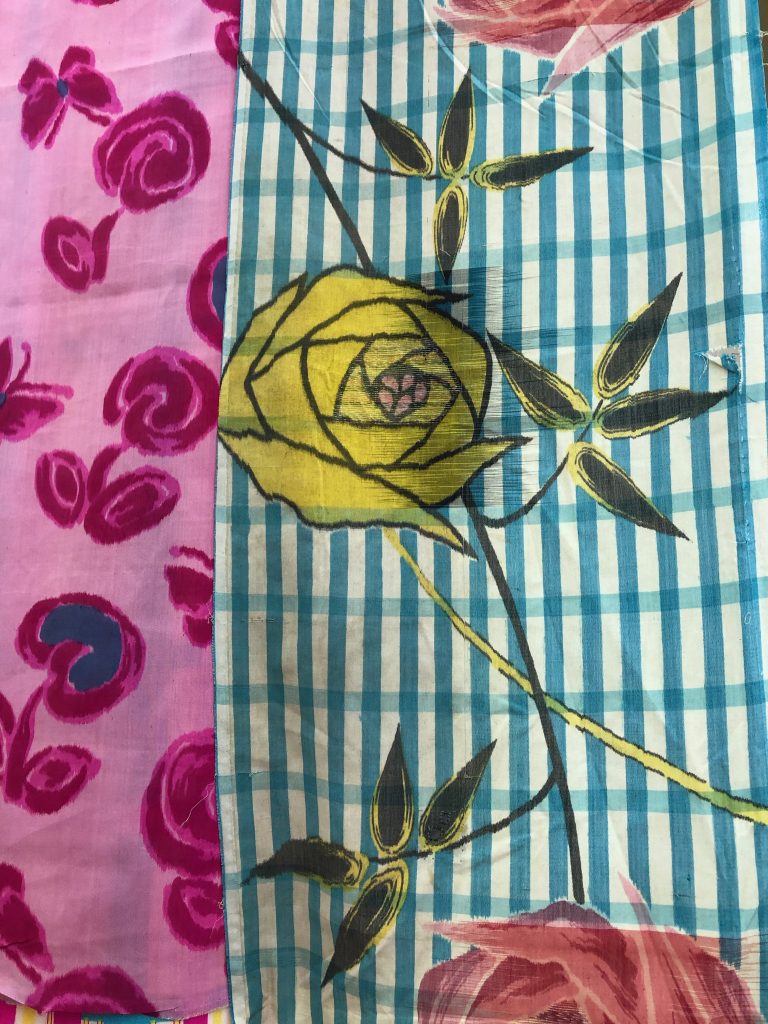

カラフルに、より色鮮やかに
銘仙もこの頃に流行りました。関東で作られたもので、学校の制服に使われました。半機械化されていますので、他の絹の着物よりはるかに安く、とても人気がありました。有名な女優がポスターや新聞広告で銘仙の着物のモデルになっています。色鮮やかな着物でした。東京や大阪の大手デパートでは、優秀な作品を展示するコンクールも開催されました。若い女の子たちは、とても明るくカラフルな銘仙を楽しんで着ていましたし、モダンでファッショナブルと見られていました。誰も着物を古臭いものだとは思っていなかったのです。着物を古くさいと思う人は誰もおらず、みんな興奮していました。
大正の女の子たちは、染め物や刺繍を施した襟巻きも好んで身につけました。時には着物よりも高価な襟巻きもありました。着物と同じように季節の模様が入っていて、とてもきれいでした。大正時代は、着物にとって本当に優雅で素敵な時代だったのですね。


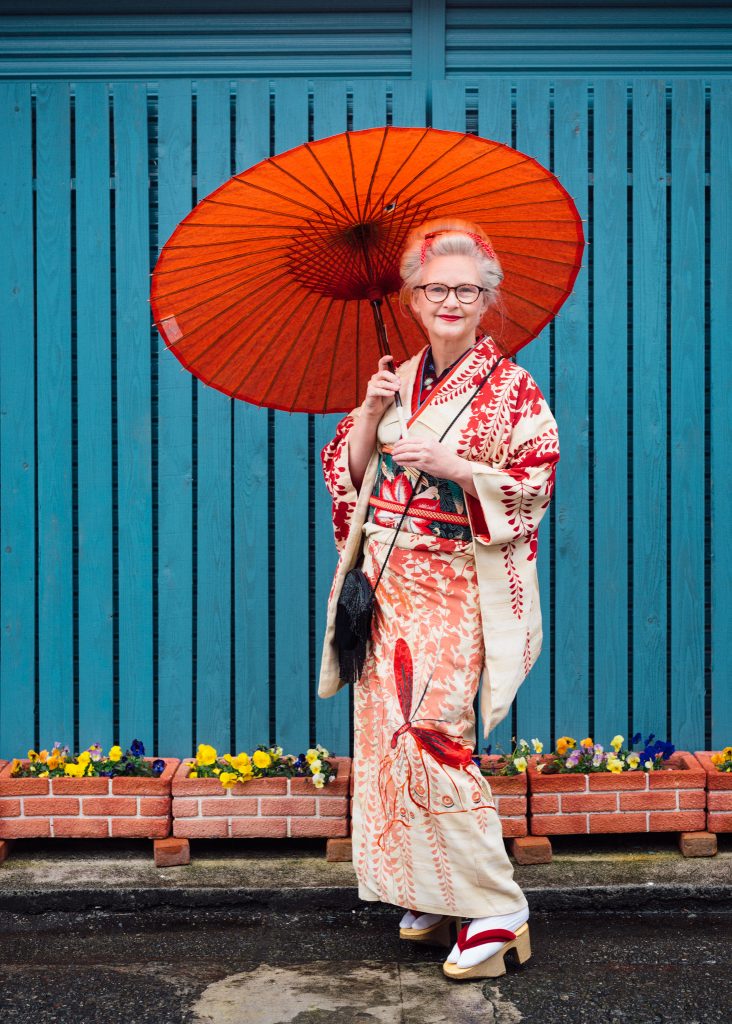
English
Tansu-Ya Blog 9. March 2022
I really love the kimono of the Taisho period. They have a romance to them that is not found in the kimono of other periods. In the Meiji period new chemical dyes were imported from Europe and began to change the way that kimono looked. But the results of the industrial revolution were seen much more fully in the Taisho period. People were getting electricity and radio, magazines, and home appliances. Cars, trains, planes and entertainment such as musicals and movies were becoming popular. Women were moving into the workforce and enjoying going to cafes and department stores in the city. The influence of art nouveau and art deco were seen in kimono designs. Typical of Taisho kimono are beautifully coloured yuzen kimono with delicately painted flowers on them. The flowers often include roses, tulips and other flowers that were introduced to Japan from abroad. The designs, colour schemes and shading on such kimono are wonderful. There are also many kimono with modernist designs, such as buildings or man-made goods on them. They are unusual and very interesting as they tell us what Taisho people were interested in.
Meisen also became popular at around this time. It was made in the Kanto area, and was used for school uniform. As it was a semi-mechanized process, it meant that it was much cheaper than other kinds of silk kimono and this made it very popular. Famous actresses modelled meisen kimono on posters and newspaper adverts. They were bright and colourful kimono. There were even competitions to show the best works in major department stores in Tokyo and Osaka. Young girls enjoyed wearing very bright and colourful meisen, and they were seen as modern and fashionable. No one thought that kimono were old fashioned. Everyone was excited by them.
Taisho girls also loved to wear dyed and embroidered collars. Sometimes the collars were more expensive than the kimono. They were very beautiful and had seasonal designs on them, just like kimono do. The Taisho period was a really elegant and lovely period for kimono.
Not only are kimono full of wonderful patterns, but so are obi and even the parts of the garment that are not seen, such as nagajuuban and the insides of haori. I think it is very interesting that we cannot see all the patterns on kimono. Some of them are private. I have some beautiful nagajuuban with wonderful shibori patterns on them. Only I know that they are there. Someone can catch a glimpse if the wind blows! Sometimes women’s haori have colourful flowered patterns on the linings, but I am most interested in men’s haori. I have some old ones with pictures of war scenes and planes, and betting tickets for horse races. While men’s kimono tend to be very plain on the outside, they hide a private world showing hobbies, games, women and vehicles, things that men are interested in. It is fascinating to me that kimono beauty is not 2 dimensional, but 3 dimensional, even though the kimono itself is flat. Having designs hidden in secret places is perhaps one of the unique and amazing things about kimono.

Q&Aコーナー:ちょっと聞かせてシーラさん8
着物大好きシーラ・クリフさんに、ちょっとした質問に答えてもらうコーナーです。
【Q】シーラさんは、浅草にはよくおいでになられますか?
浅草はときどき行きます。見どころがたくさんありますし、着物のお店がたくさんあってエキサイティングな場所です。
【Q】初めてMEGAたんす屋に来店いただいたときの印象はどうでしたか?
やっぱり、フロアーがとても広くておどろきました。さっそく、古い着物を「もったいないボックス」に入れて、織田きもの専門学校さんの帯を買ったりしましたよ。
【Q】気に入ったコーナーはありましたか?
小物を見て回るのが楽しいです。それからキモノアールが素敵ですね!
【Q】MEGAたんす屋に、今後期待したいことはありますか?
男ものをもっと増やしてくれると嬉しい!
【Q】浅草には、MEGAたんす屋以外にもたんす屋が3店舗もあるんですよ。
もちろん知ってますし、行ったこともあります。最近はこのご時世なので、買い物はちょぴりご無沙汰になってますけどね。
ありがとうございました。
シーラ・クリフさんProfile
イギリス出身の着物研究家・着付師・着付け講師。1985年に来日し、着物文化の伝道師として活躍。ビジュアル書籍『Sheila Kimono Style Plus』(かもめの本棚) の出版や、テレビ・CMの出演により人気上昇中の文化人。たんす屋の催事イベント内のトークショーにもたびたび出演していただいており、毎回好評を博している。
SNS:公式twitter 公式Instagram



